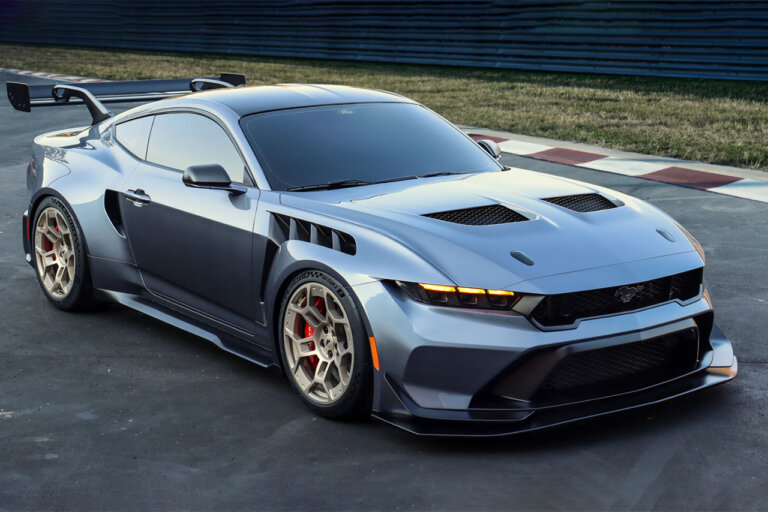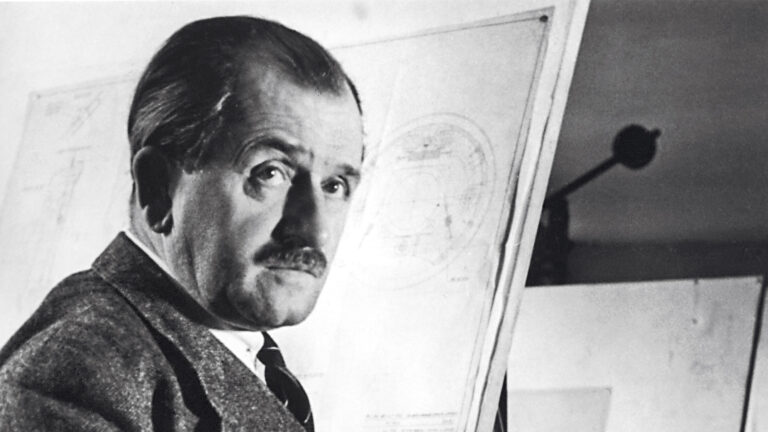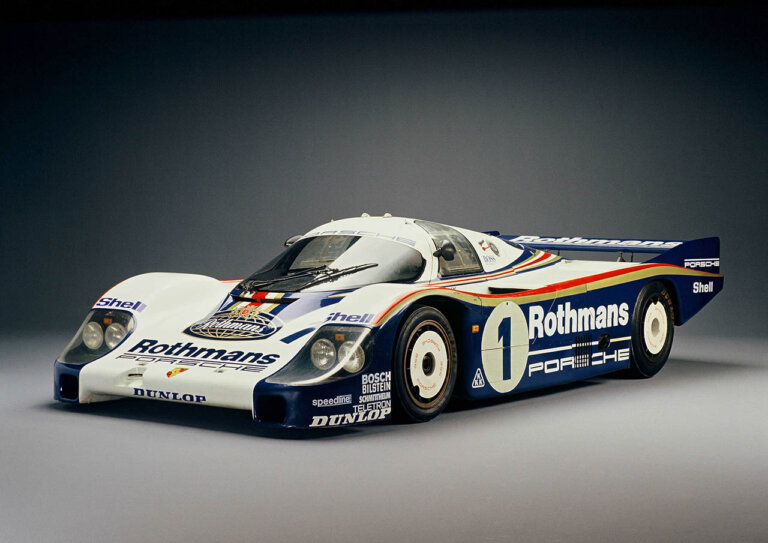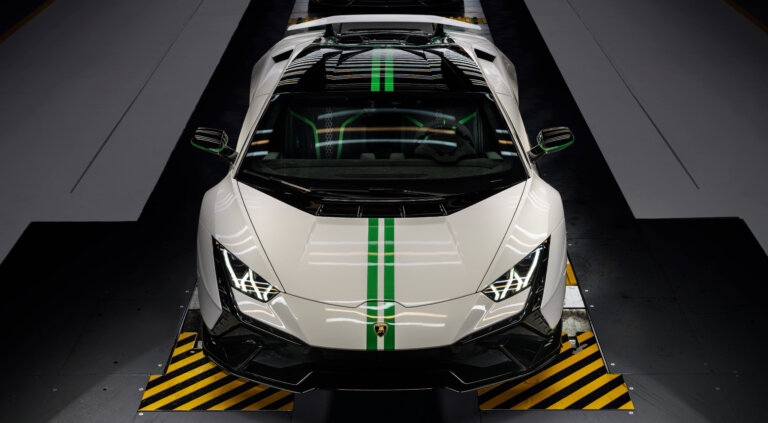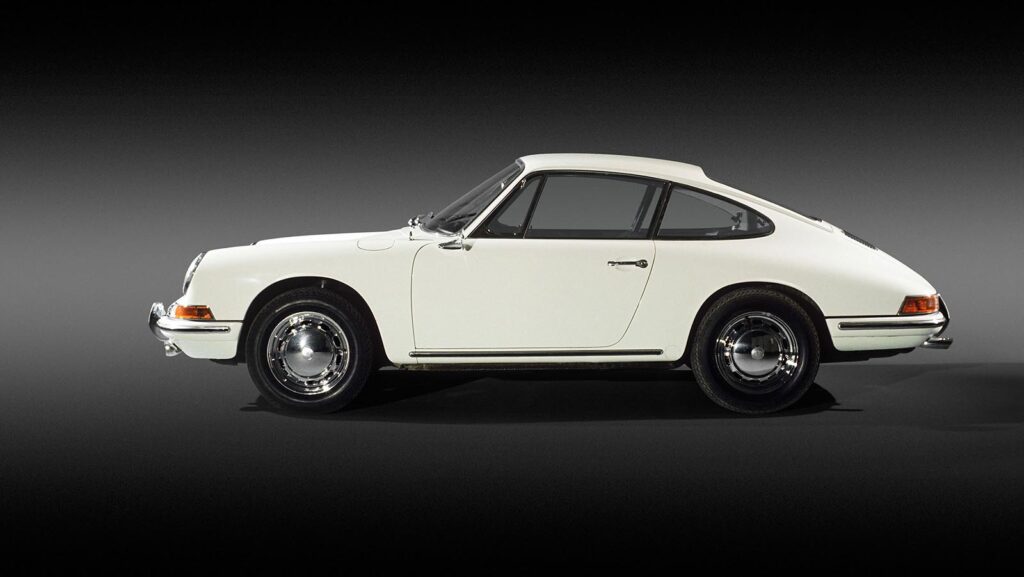
Source: Porsche
The original Porsche 911 is one of the most iconic sports cars in the world, with a long and storied history that spans over 50 years. Since its introduction in 1963, the 911 has undergone numerous changes and improvements, evolving into the high-performance machine that we know and love today.
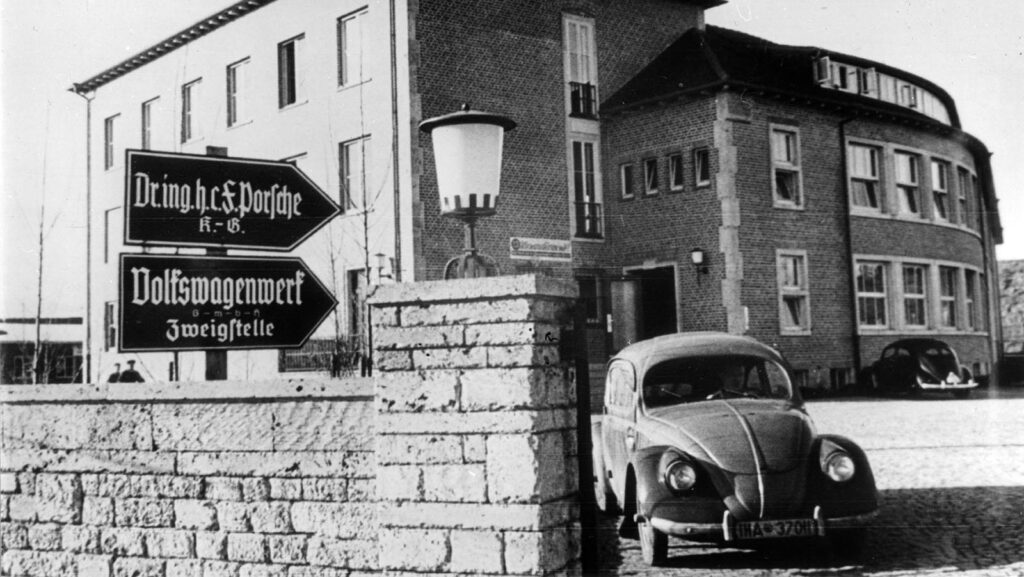
Source: Porsche
The main production site was at the company’s factory and headquarters in the city district of Zuffenhausen, in Stuttgart, Germany. The Zuffenhausen factory had been the home of Porsche production since the company’s inception in 1931, and it was the obvious choice for the production of the new Porsche 911.
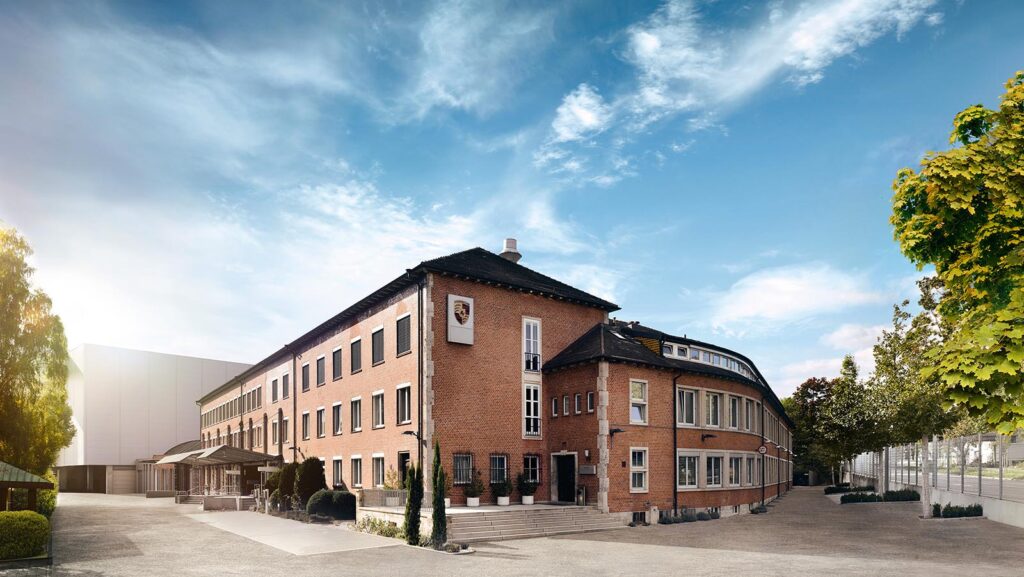
Source: Porsche
As time progressed, Porsche was looking for a way to create a new sports car that would meet the evolving needs of drivers in the 1960s. The company turned to Ferdinand Alexander, the grandson of Porsche founder Ferdinand Porsche. Ferdinand Alexander, or “Butzi” as he was known, joined the family business in the early 1950s and quickly made a name for himself as a talented designer. He quickly set to work creating a car that would be faster, more powerful, and more comfortable than the Porsche 356, the company’s first car.
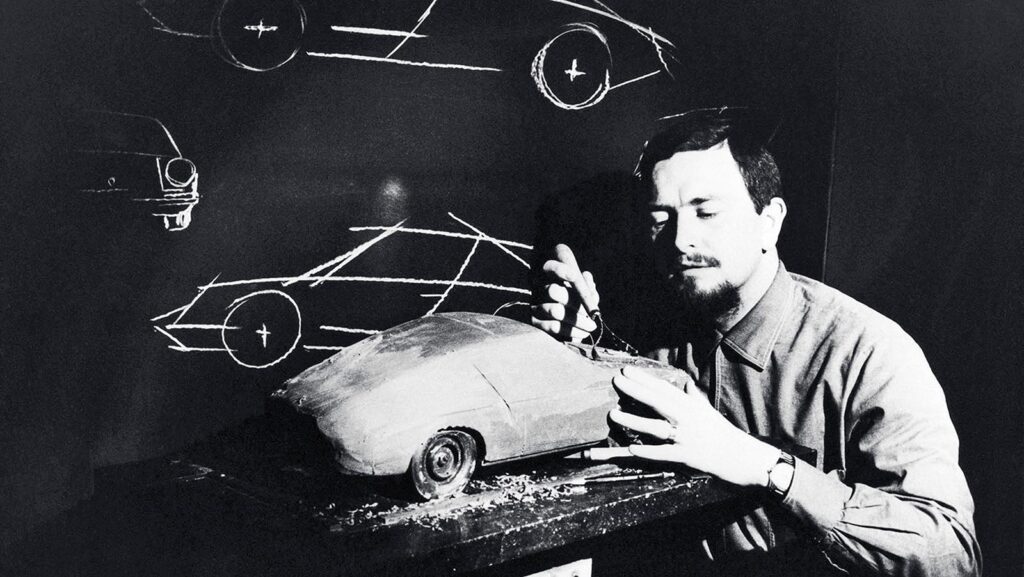
Source: Porsche
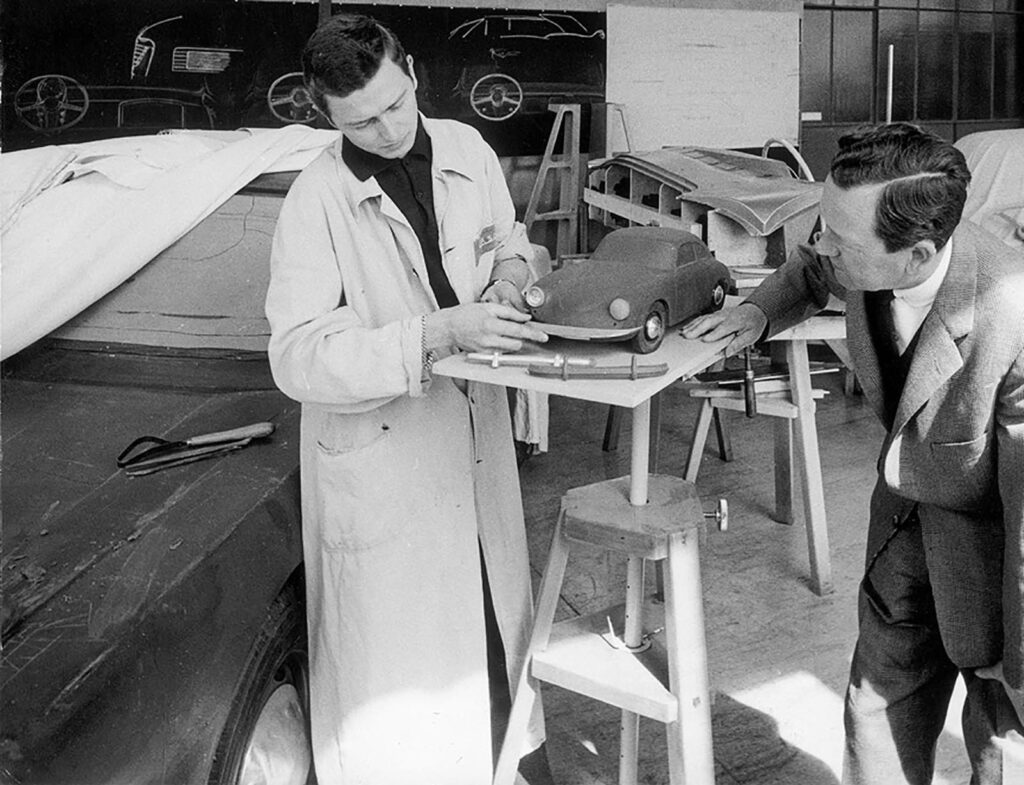
Source: Stuttcars
Ferdinand Alexander approached the design of the Porsche 911 with a focus on simplicity and elegance. He believed that the car should be functional and beautiful, with a timeless design that would stand the test of time. He drew inspiration from classic sports cars of the past, as well as from the emerging trends in automotive design and engineering.
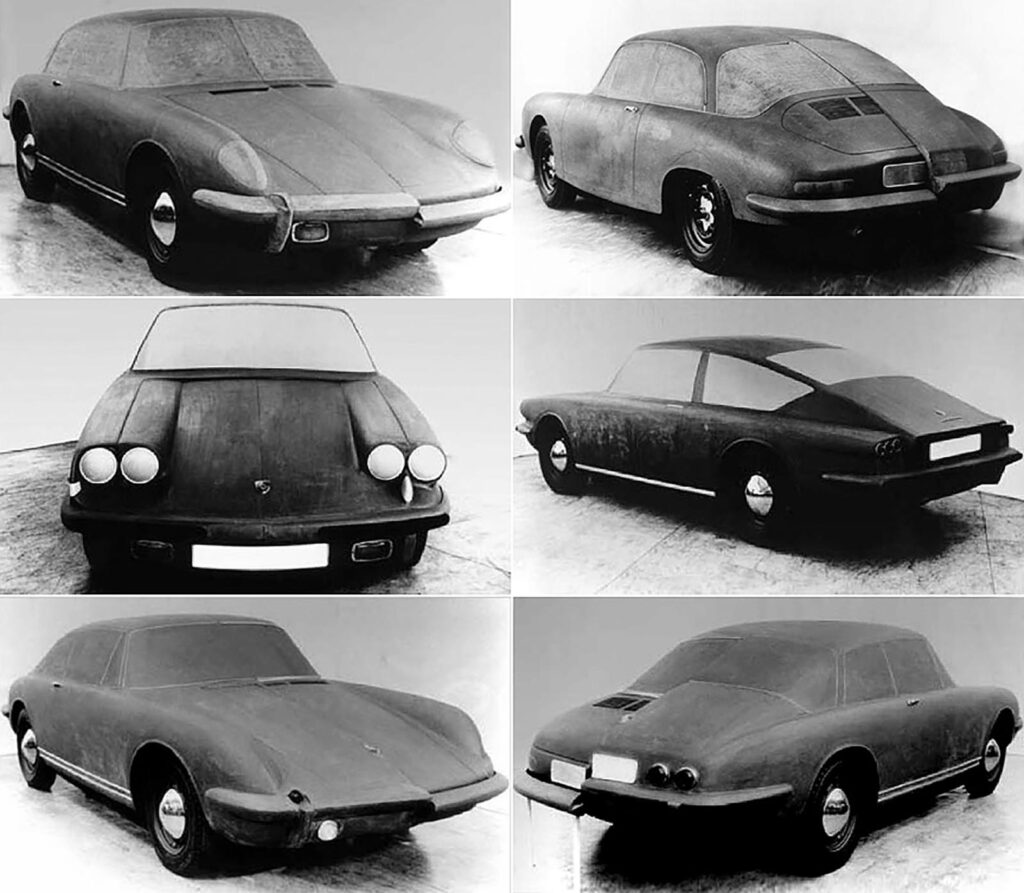
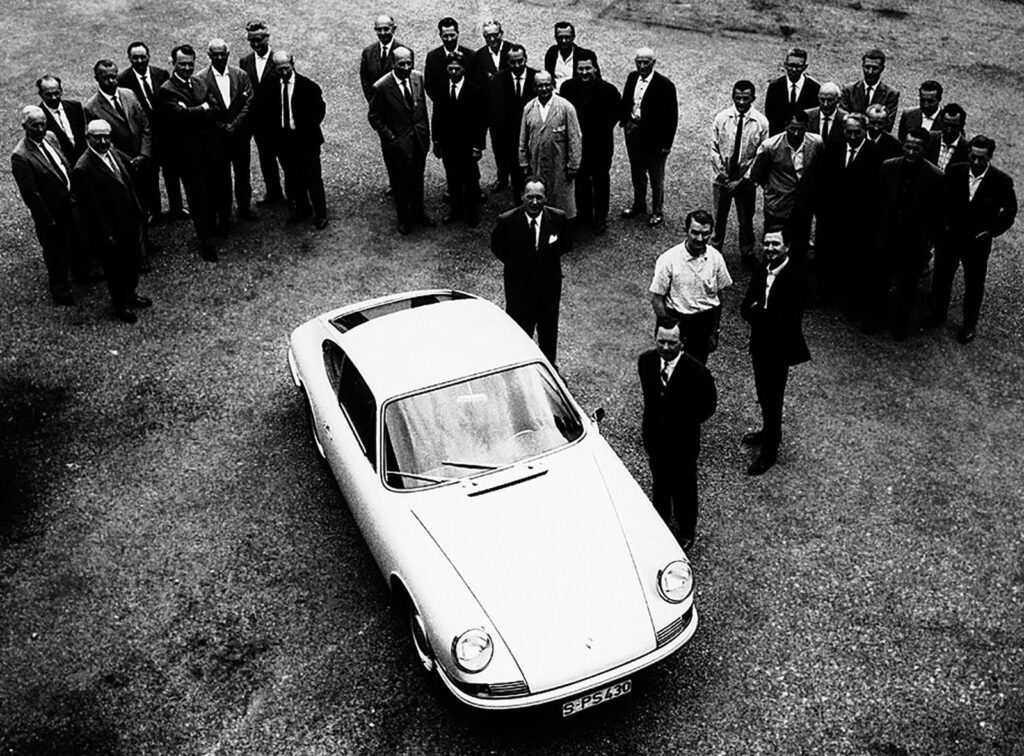
Source: Stuttcars
The Porsche 911 was first unveiled at the Frankfurt IAA Motor Show in 1963 as the 901, but just before the car was set to be launched, Peugeot claimed that it held exclusive rights to car names with three digits and a zero in the middle. This led Porsche to rename the car to the 911, and the rest is history. While the reason behind the name change may seem like a minor detail, it played a significant role in the history of the Porsche 911. The car’s name became synonymous with high-performance sports cars, and it quickly gained a reputation as one of the most advanced and capable cars on the road. However, what made the Porsche 911 the most advanced and high-performance car of its time?
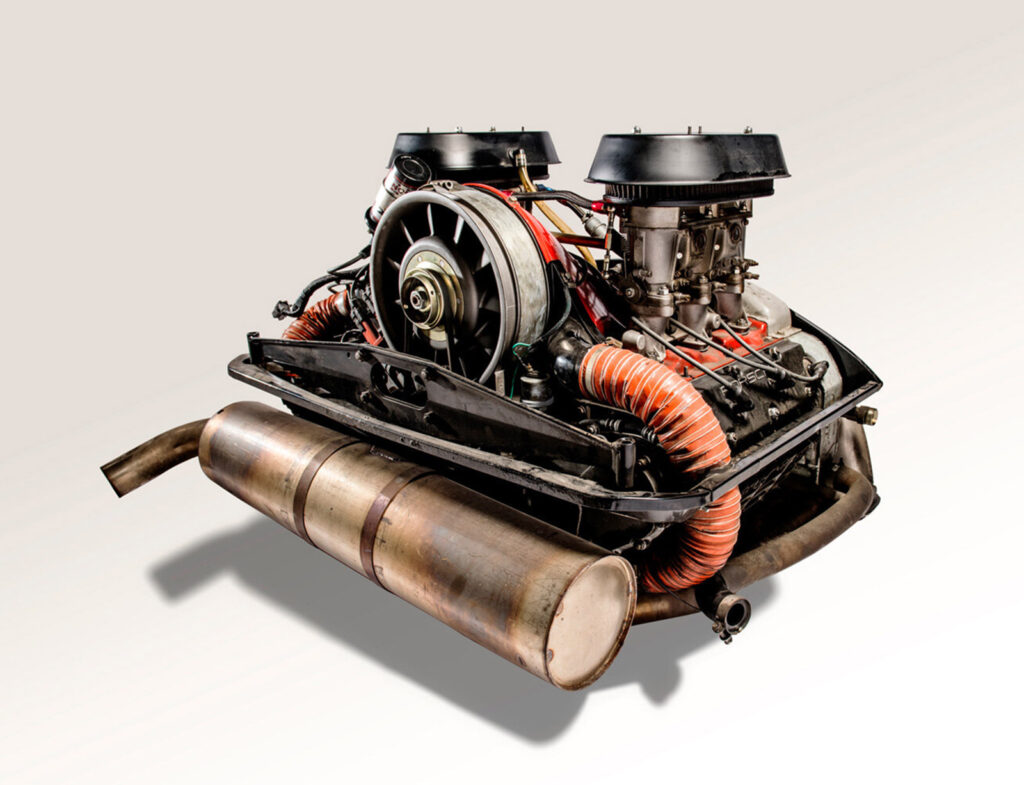
Source: Petersen Automotive Museum
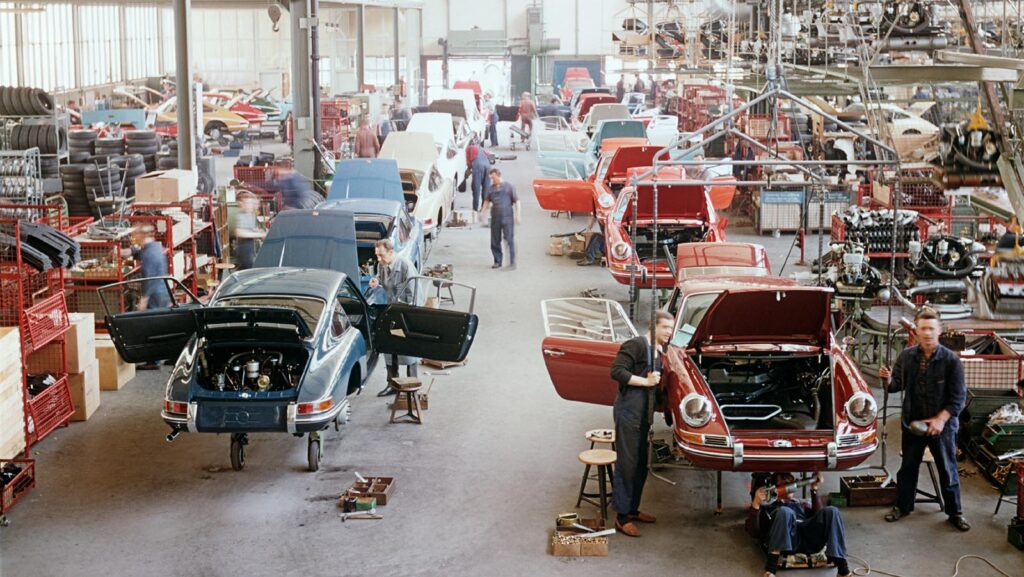
Source: Porsche
Porsche focused on innovative engineering and design. The 911 was powered by an air-cooled, six-cylinder engine that was located behind the rear axle, giving the car distinctive weight distribution and handling characteristics. The car’s design was sleek and aerodynamic, with a low profile and rounded contours that helped to reduce drag and improve performance.
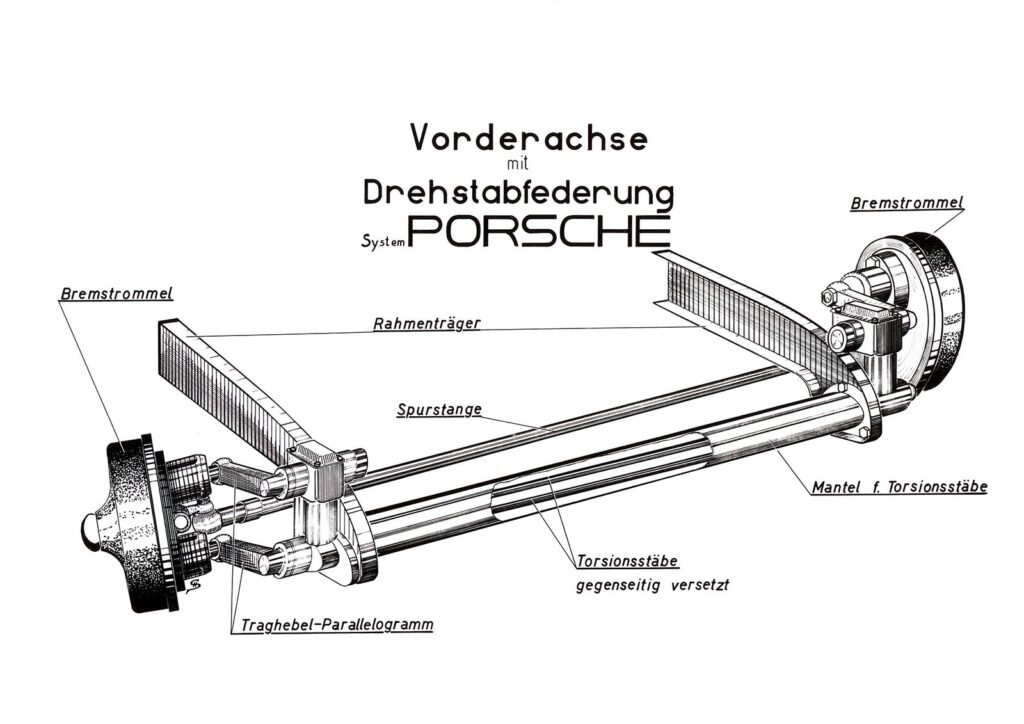
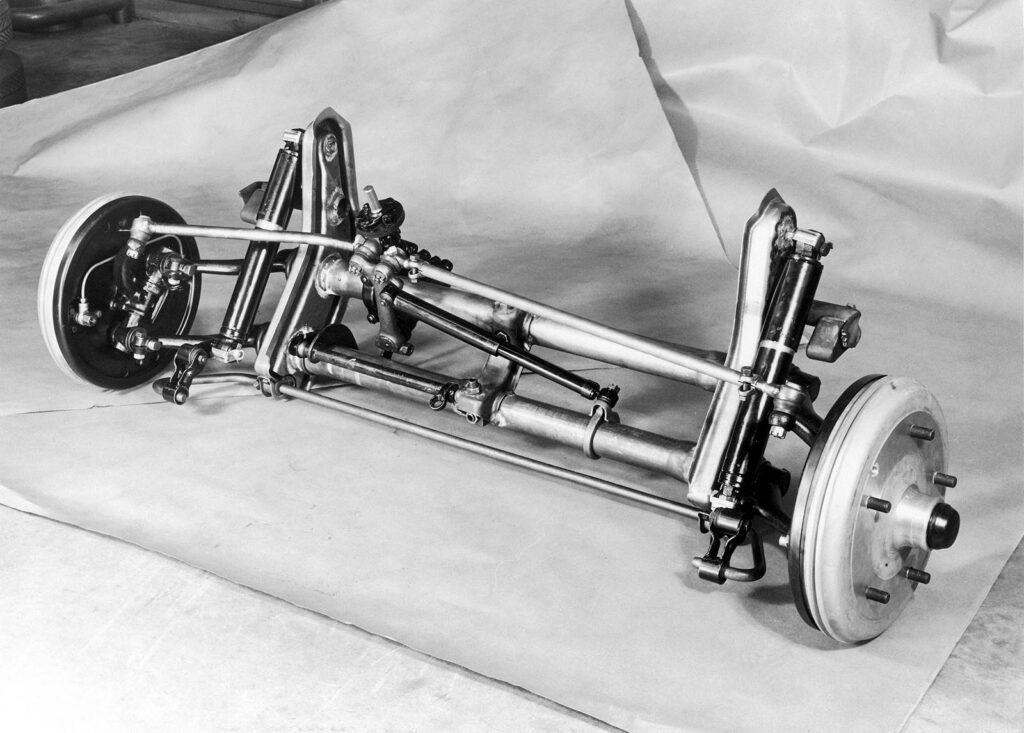
Source: Porsche
Another notable feature of the prototype Porsche 911 was its innovative suspension system. The car was equipped with a new type of independent suspension that was designed to provide a smooth and comfortable ride, even on rough roads. This system, which was later refined and improved in subsequent models, helped to establish the Porsche 911 as a comfortable and versatile sports car.
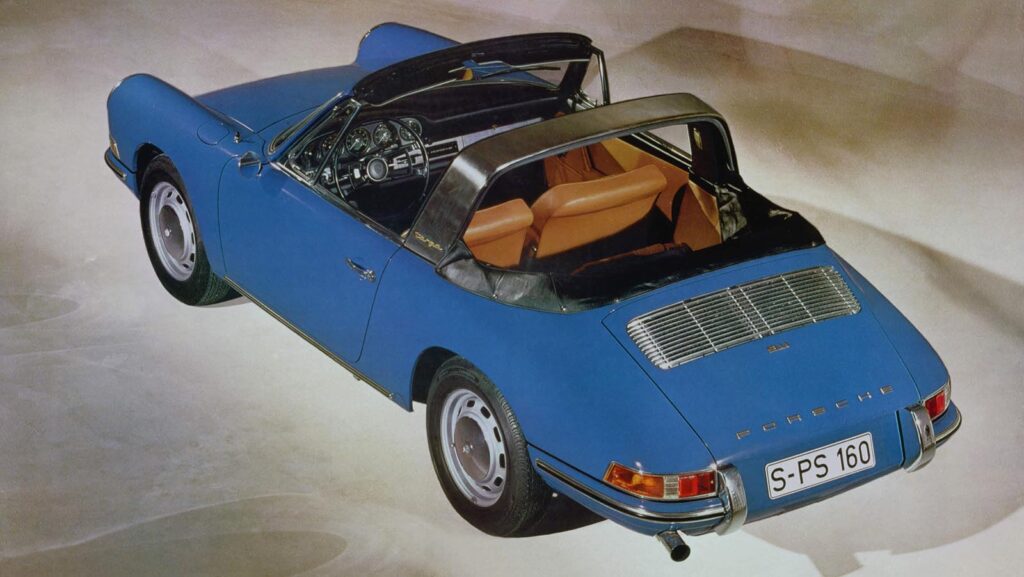
Source: Porsche
Perhaps the most striking aspect of the prototype Porsche 911, however, was its design. The car was characterized by its sweeping curves, sharp angles, and minimalist aesthetic. It was a departure from the more traditional designs of the time, and it quickly captured the attention of car enthusiasts and design aficionados alike. The car’s distinctive shape and powerful presence helped to establish the Porsche 911 as a true icon of the automotive world.
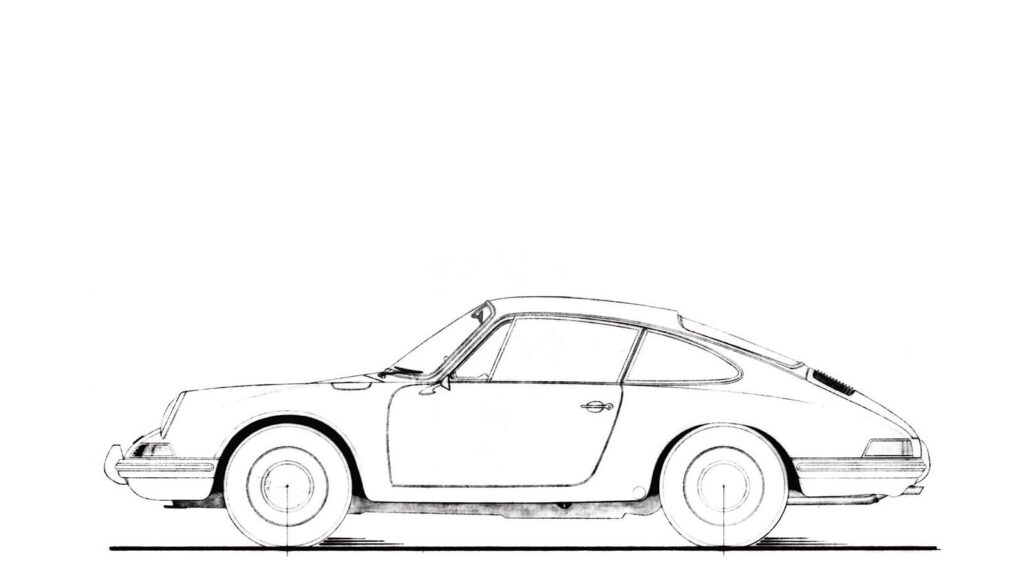
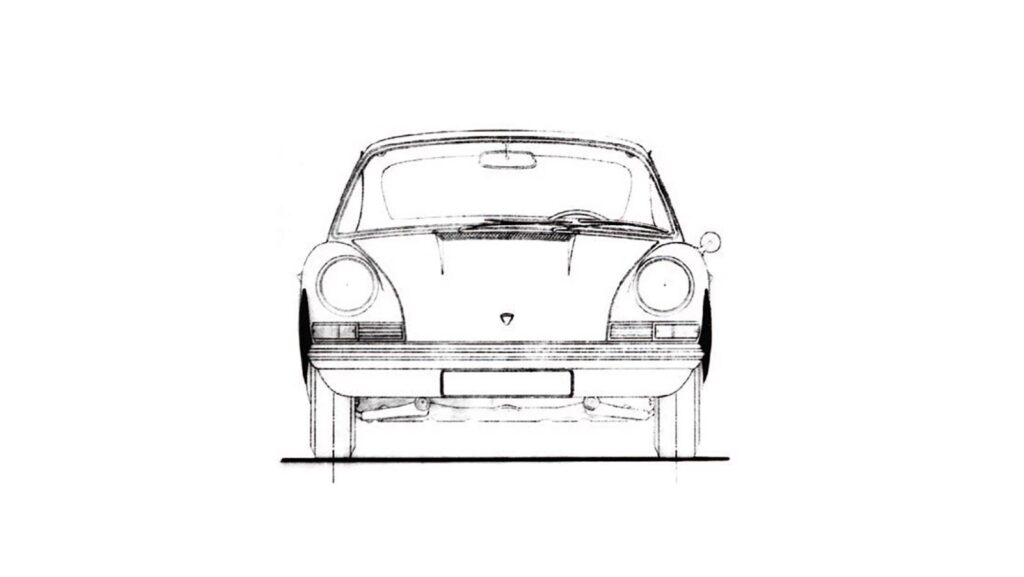
Source: Porsche
Over the years, the Porsche 911 has undergone numerous changes and updates. But despite these changes, the car has remained true to its roots, maintaining its distinctive shape and its reputation for performance and innovation. Today, the Porsche 911 is as popular as ever, with enthusiasts around the world continuing to appreciate its unique design and impressive capabilities.
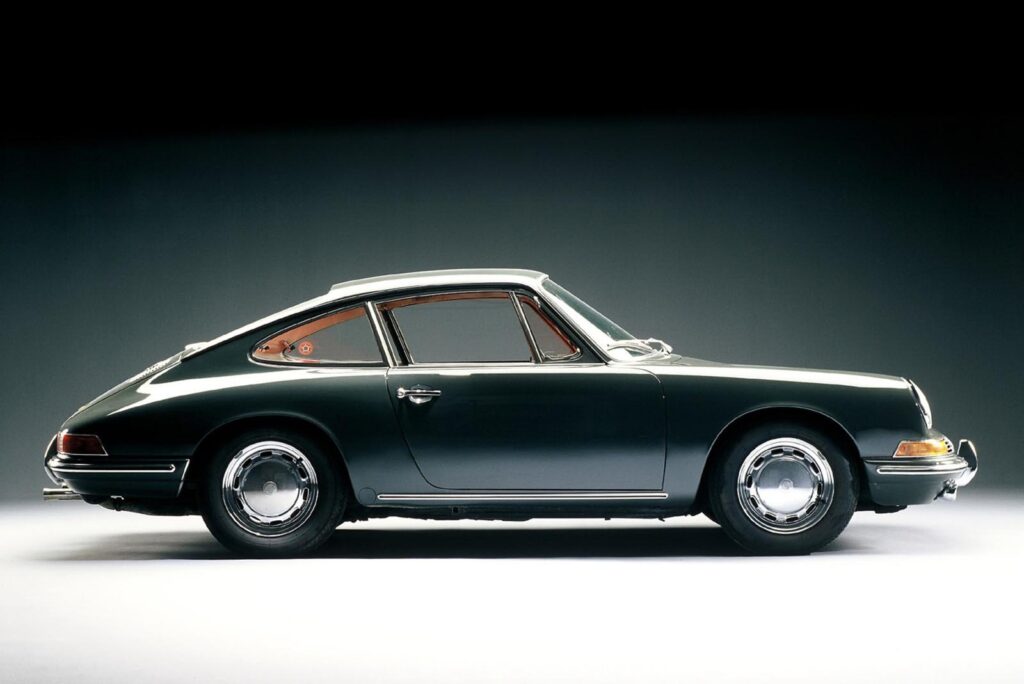
Source: Porsche
The prototype Porsche 911 Zuffenhausen was a groundbreaking car that helped to redefine the sports car genre. With its innovative design, powerful performance, and advanced features, it quickly became a beloved icon of the automotive world. Today, the Porsche 911 remains a beloved car that continues to inspire generations of car enthusiasts around the world.
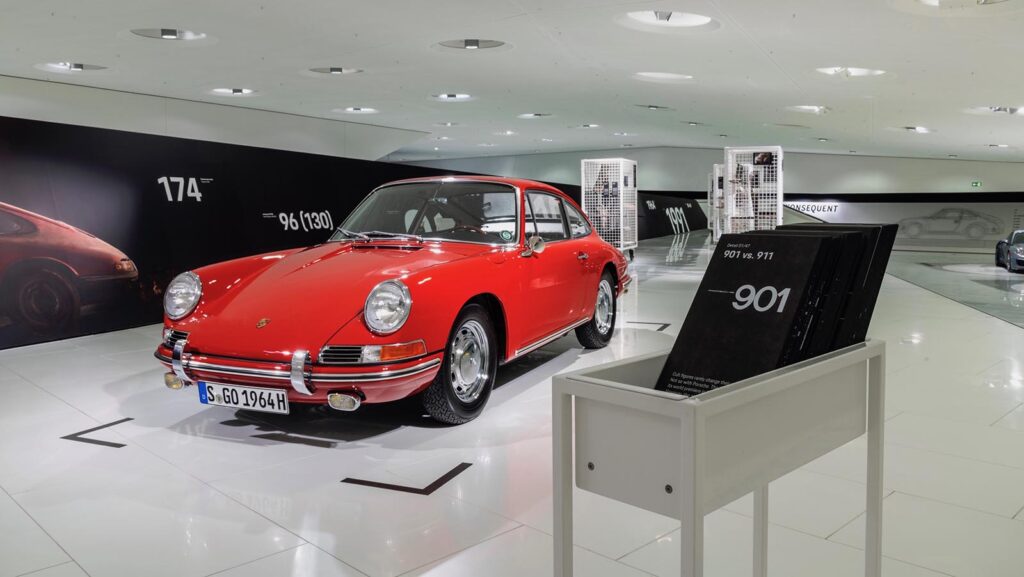
Source: Porsche

